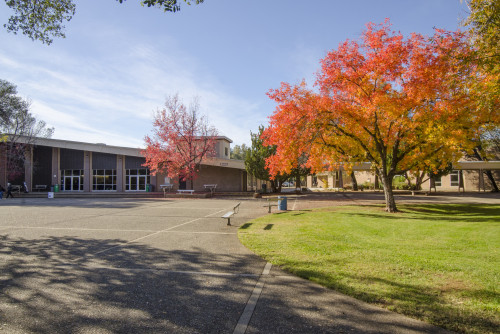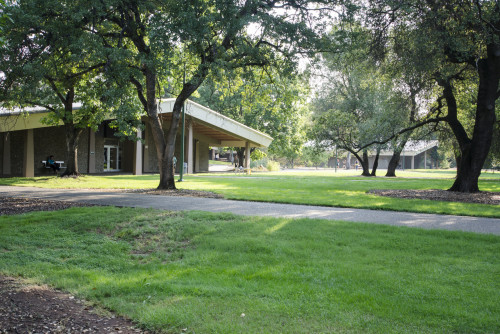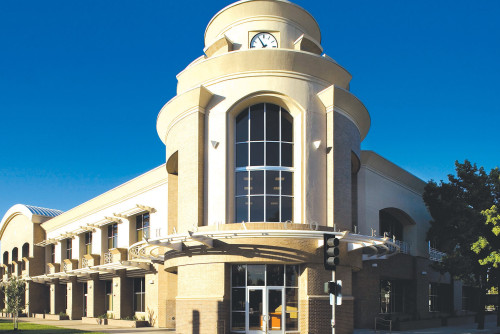Health Sciences AS Degree
Associate in Science | SC Program: AS.1605
If you're planning to apply to the Registered Nursing, Dental Hygiene, or other health sciences programs at Shasta College, the local Health Sciences degree is designed to give you a competitive edge. This degree helps you build a strong foundation in human physiology and hemostatic mechanisms, providing essential knowledge for success in health-related fields. While it is not intended for students planning to transfer to a four-year university, it can significantly strengthen your application to Shasta College’s health sciences programs. Approved by the California Community College Chancellor’s Office, this degree will be officially noted on your transcript upon successful completion of the program requirements and graduation application.



Choose your path
Map your education by viewing the program map for the degree or certificate you’re interested in earning below. Submit your interest form.
A program map shows all the required and recommended courses you need to graduate and a suggested order in which you should take them. The suggested sequence of courses is based on enrollment and includes all major and general education courses required for the degree.
Fall Semester, First Year
16 Units TotalIn this course, students receive instruction in academic reading and writing, including writing processes, effective use of language, analytical thinking, and the foundations of academic research. An argumentative research essay is required for the successful completion of the course. This course may be offered in a distance education format.
This course is a survey of inorganic chemistry and some organic chemistry suitable for agriculture and nursing students. The basic fundamentals of the metric system, chemical nomenclature, atomic and molecular structure, chemical reactions, energy changes, states of matter, solutions, chemical equilibria and kinetics, and organic functional groups are presented. The quantitative nature of chemistry is developed by introduction of the Avogadro's number and the mole and continuing with stoichiometry, gas law, solution concentrations, and pH calculations. The lecture/discussion portion of this course may be offered in a distance learning format.
Spring Semester, First Year
14 Units TotalThis course takes an interdisciplinary approach to the study of race and ethnicity in the United States. It examines social justice movements in relation to ethnic and racial groups in the United States to provide a basis for a better understanding of the socioeconomic, cultural, and political conditions among key social groups including, but not limited to, Native Americans, African Americans, Asian Americans, and Latina/o Americans. This course examines the systemic nature of racial/ethnic oppression through an examination of key concepts including racialization and ethnocentrism, with a specific focus on the persistence of white supremacy. Using an anti-racist framework, the course will examine historical and contemporary social movements dedicated to the decolonization of social institutions, resistance, and social justice. This course may be offered in a distance education format.
Note: May be taken concurrently with PHY 1.
This course offers a systematic hands-on approach to the anatomy of the human body. It covers the structural organization of the human body: gross and microscopic anatomy of the integumentary, skeletal, muscular, nervous, endocrine, cardiovascular, lymphatic, respiratory, digestive, urinary, and reproductive systems, from cellular to organ system levels of organization. Human cadaver prosections and/or mammalian dissections are used in conjunction with models and new technology. This course is intended for nursing, kinesiology, physical therapy, radiologic technology, respiratory therapy, dental hygiene, surgical technology, physical therapy, and other allied health related majors. It may be taken concurrently with Physiology 1. The lecture portion of this course may be offered in a distance education format.
Fall Semester, Second Year
14 Units TotalPhysiology is the study of the physiological principles, function, integration and homeostasis of the human body at the cellular, tissue, organ, organ system and organism level. Topics covered include the integumentary system; bone, skeletal, smooth and cardiac muscles; the nervous system; sensory organs; the cardiovascular system; the lymphatic and immune systems; the respiratory system; the urinary system; the digestive system; the endocrine system; and reproductive system. This course is primarily intended for Nursing, Allied Health, Kinesiology, Dental Hygiene and other health-related majors. The lecture portion of this course may be offered in a distance education format.
Spring Semester, Second Year
16 Units TotalPlease see a counselor to discuss options for meeting general education requirements for transfer to California State Universities (CSU) and/or University of California (UC) campuses, as well as any specific additional courses that may be required by your chosen institution of transfer.
*Alternative Courses: Please see a Shasta College counselor for alternative course options. You can also view the following to find other courses to meet degree/certificate requirements:
- California State Universities – General Education
- IGETC – Intersegmental General Education Transfer Curriculum
